Heritage
Discover the amazing heritage of Saint-Jean-Cap-Ferrat (buildings, monuments, landscapes...).
Saint-Hospice chapel
Listed as a Monument Historique (national heritage site) since 1929Saint-Hospice chapel was built in the 11th century on the site of a ruined sanctuary. It owes its name to the Benedictine monk Hospitius who lived in one of it’s towers around 575 AD. In a state of total deprivation, he inflicted heavy punishment on himself to ensure he fully deserved his place in heaven. Legend has it that when the Lombards invaded the coast (as the monk had already predicted), one of them tried to kill the hermit but his arm was suddenly paralysed. Overawed by his calmness of spirit, the Barbarians spared him his life. Many miraculous acts of healing have been attributed to him, including curing a deaf-mute person, a blind person and a woman possessed by demons.
The chapel was fully restored in the 17th century by Charles Emmanuel II, Duke of Savoy, who extended it and added an altar in the 18th Century. The porch dates from 1826. The chapel was previously an important pilgrimage site and housed up to 140 ex votos.
Inside, pause to admire the paintings by Louis Marchand des Raux that recount the life and miracles of Saint Hospice.
The bronze statue of the Virgin (11.4 metres high) that stands next to the chapel was commissioned in 1903 by a rich trader from Nice after one of his prayers was answered. It was sculpted by Tranquillo Galbusieri.
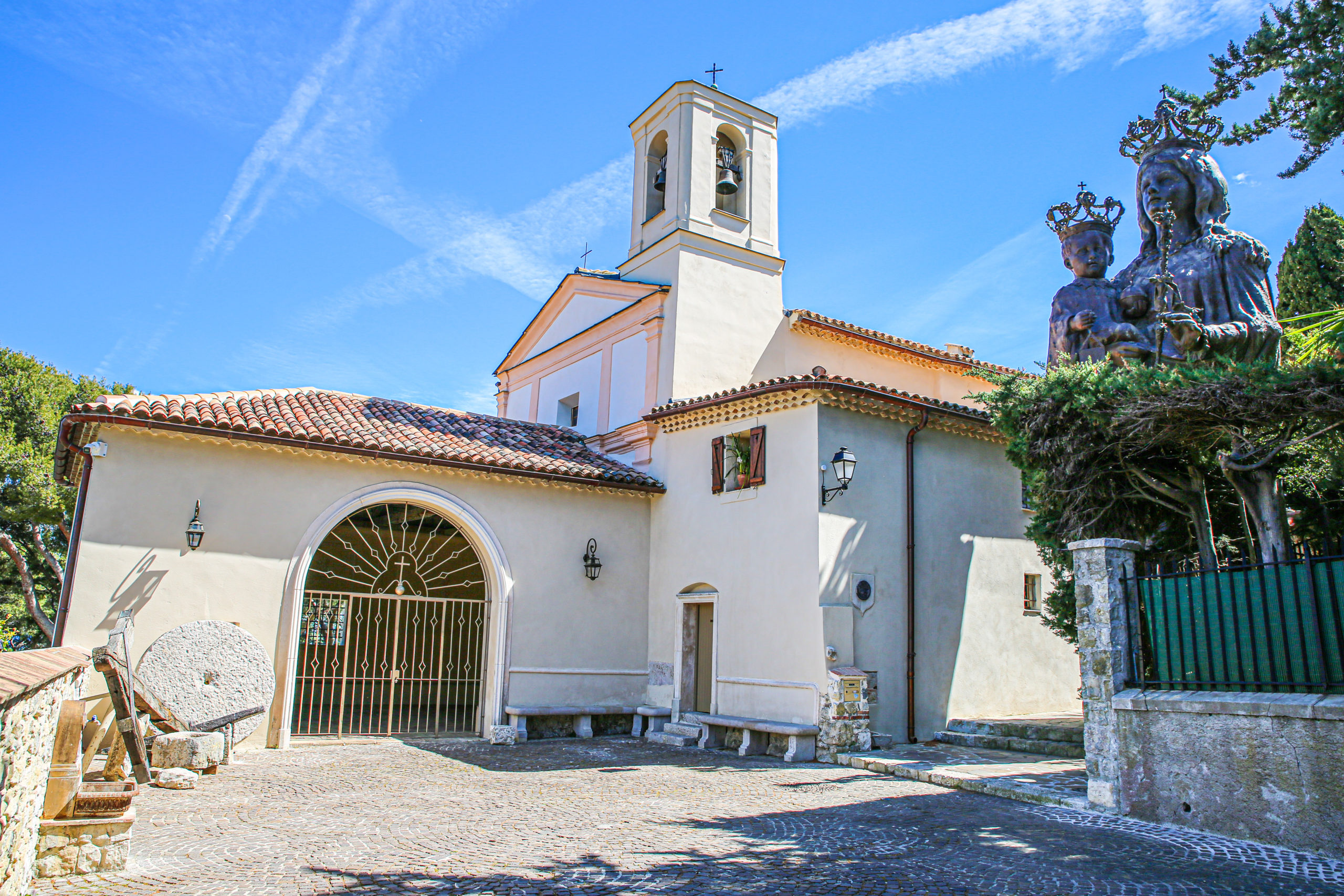
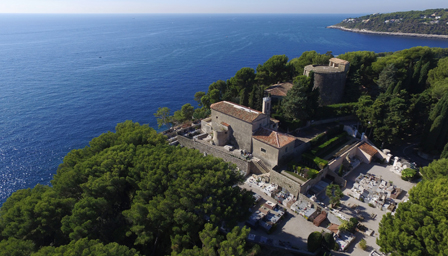
The graveyard by the sea and the Belgian military cemetery
Nestled at the top of the headland of Saint-Hospice, the local cemetery of Saint-Jean-Cap-Ferrat appears otherworldly. It was created in 1905 thanks to the generosity of Auguste Gal, a rich merchant from Nice, who provided the land. Located at the foot of the Saint-Hospice Chapel and the statue of the Virgin in bronze, the graveyard by the sea overlooks the Mediterranean Sea and offers exceptional views. A great place for peacefulness and contemplation.Located at the foot of the chapel, it owes its name to the Belgian victims of the First World War who lost their lives at the Villa Les Cèdres. Previously owned by King Leopold II of Belgium, this property was transformed into a military hospital by his nephew Albert I.
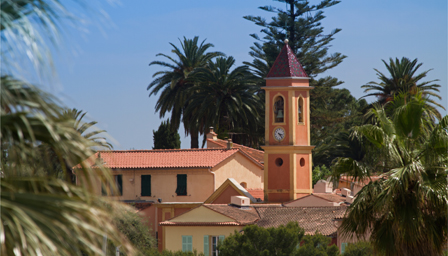
Saint John the Baptist church
The church of Saint John the Baptist dates from the 11th century. It is a very simple church but features beautiful decorations. It underwent two extensions during the 19th century, and the presbytery was built in 1846.
Major restoration work between 1992 and 1998 gradually gave the monument its finished appearance we can admire today.
Every year, on 24th June, the whole village celebrates its Patron Saint's day by organising a procession that involves carrying the statue of Saint John the Baptist down to the jetty at the old harbour.
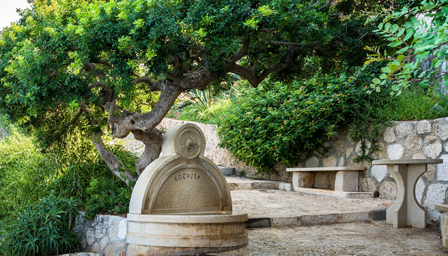
COEXIST fountains
Located at the foot of the lighthouse and at the end of the Saint-Hospice promenade, these two fountains were inaugurated in September 2007 in the presence of James Kidner, the Director of the COEXIST Foundation, as well as Cherie Blair, wife of the former Prime Minister Tony Blair, and the singer Bono from U2. With its logo comprising the Muslim Crescent, the Jewish Star of David and the Christian Cross, the COEXIST Foundation works to build relationships between different religions.
Lighthouse and semaphore
The lighthouse is listed historical monument (national heritage site) since 2012Built in 1732, the lighthouse was designed to replace an ancient 16th century fire tower. Destroyed in 1944, it was rebuilt in its current form after the war. It provides a unique view that extends from l'Estérel as far as the Italian coast. The lighthouse is currently closed to the public.
The semaphore was built on the orders of Napoleon III in 1862. Belonging to the French National Navy, its current missions include managing maritime traffic as well as spotting any forest fires that break out on the coast. It is 143 metres high.
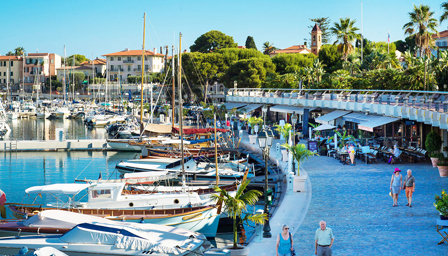
The old harbour and marina
A life line for the village, fishing was to play a key role in Saint Jean's birth and it’s development around the harbour. Now known as the Quay Lindbergh, the old harbour was built by inmates from Villefranche prison between 1840 and 1876. Here you'll find shops, a restaurant, the Charlie Chaplin auditorium and the Musée des Coquillages (Shell Museum).The new marina was inaugurated in 1972. It can now accommodate 560 boats, including 400 private moorings. There are several restaurants, shops and galleries along the quaysides, as well as the municipal 'Neptune' hall that regularly hosts exhibitions, concerts and other events.
Useful
informations
Find all the useful informationon Saint-Jean-Cap-Ferrat





